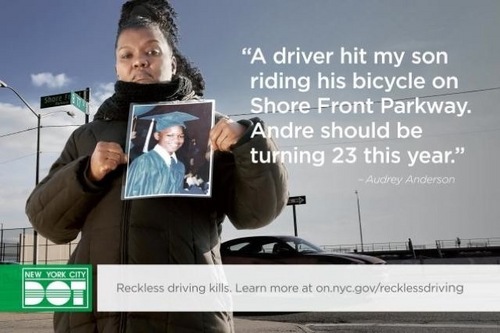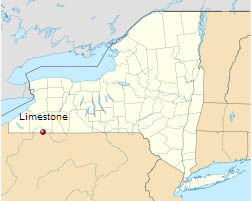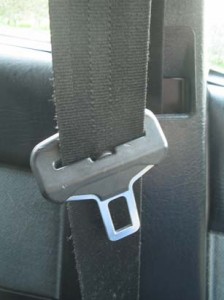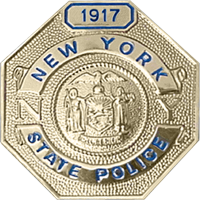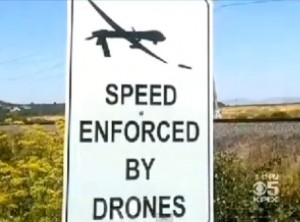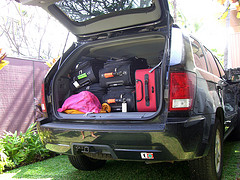
Part of Mayor Bill de Blasio’s “Vision Zero” traffic initiative to eradicate pedestrian fatalities in New York City, six speed cameras have been placed in intersections across the city. In the only two weeks since their installation, the cameras have caught nearly 1,000 motorists exceeding the speed limit. The success of the speed camera program thus far has caused Albany to approve the installation of 20 more speed cameras. However, Mayor de Blasio has urged that even more cameras be installed at intersections throughout the city in the future, in an effort to more strictly enforce posted speed limits in New York City.
Though the speed cameras are certainly effective at clocking speeding drivers and provide an additional source of revenue for the city, the new traffic camera program has nevertheless faced criticism by law enforcement. Police unions contend that cameras will never be able to replace the professional training and judgment of police officers who can recognize other, and often more serious, offenses being committed by drivers caught speeding, such as driving under the influence, driving without a license or insurance, or even carrying an illegal weapon. To police, the cameras actually prevent opportunities to make the roads safer by charging especially dangerous drivers and criminals with lesser speeding offenses. However, in light of lax past ticketing practices by police in the city, the cameras are, for now, being viewed as a much-needed deterrent to fatality-causing speeding on New York City streets.
(Source: http://www.nydailynews.com/news/crime/1-000-motorists-caught-speeding-week-period-article-1.1598760)
